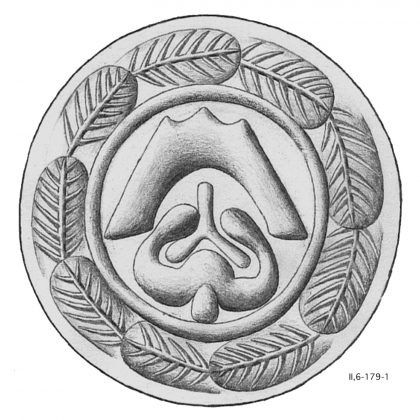Experimenting with tablet-making
At the end of the Greek Bronze Age, between c.1400-1200 BCE, the Mycenaean palaces of Crete and mainland Greece used small clay tablets to keep their accounting documents. Recording the people, animals, and goods controlled by the palaces, these texts – written in the ‘Linear B’ script – are studied today not just because they provide us with the earliest written evidence of the Greek language, but also for the wealth of information they contain about these palaces’ administrative operations, economic interests, social structures, religious rituals, and more.
Less attention is usually paid to the very first stage of the process of creating these texts – forming wet clay into a tablet to write on. The tablets’ wide range of sizes and shapes – from small ones easily fitting in the palm of one hand, to the largest, nearly the size of an A4 sheet of paper – are matched by the range of techniques used to make them. While the clay could be simply rolled into a cylinder and flattened to produce a writing surface, many tablets were instead made by folding up a flat sheet of clay; some had strings or pieces of straws inserted along the length of the tablet, and most of them were carefully neatened, their sides and writing surfaces smoothed, by their makers.
We know very little about the people who wrote the Linear B texts; handwriting differences suggest that 30-40 people were writing in the palace of Pylos shortly before its destruction c.1200 BCE, but we do not know their names or identities. We know even less about the people who made the tablets: evidence from palmprints left in the wet clay while the tablet was being shaped suggests that sometimes a writer would make their own tablets, while at other times this would be done by someone else – another writer, an assistant, or an apprentice? Their identities remain equally unknown.

Carrying out an experimental investigation into the different ways of making Linear B tablets, while also studying the Pylos tablets in the National Archaeological Museum in Athens, has let me investigate the activities of these tablet-makers. Recreating the processes whose traces can still be seen on the actual tablets has revealed the practicalities behind the choice of one method over another: folding up a sheet of clay, for instance, creates a sturdier tablet than simply rolling out a cylinder, but only has this effect while the clay is relatively wet – a good choice if the tablet-maker wanted to limit any possible damage from handling or writing on the tablet while still wet. Adding a string or straw has a similar structural benefit, while an experiment in transporting tablets from Athens to the UK and back again in a backpack showed that these also have the benefit of keeping pieces of tablets together if they break in transit – useful if tablets were being moved around inside the palace, or perhaps even brought from further afield.
The choices made while creating tablets were clearly related to the needs of the writer as well as the tablet’s eventual administrative use – but also to more idiosyncratic preferences: groups of tablets dealing with similar topics show that individual makers and writers could have very different ideas about the best shape, size, and format for these similar records. Even when a tablet was made and written on by different people, we can see the extremely close relationship between the makers and writers in the process of creating a Linear B document.
This project has received funding from the European Union’s Horizon 2020 research and innovation programme under the Marie Skłodowska-Curie grant agreement No. 885977.
Image Caption: The author making experimental tablets in the Fitch Laboratory, British School at Athens (photograph by Evangelia Kiriatzi).
THE TABLET-MAKERS OF PYLOS: AN EXPERIMENTAL INVESTIGATION INTO THE PRODUCTION OF LINEAR B TABLETS by Anna P. Judson







Interesting study. Can you tell from the size of finger and palm prints whether it was adults or children who made the tablets?
Thanks for your question Steve! Yes, Karl-Erik Sjoquist and Paul Astrom who studied the palmprints on tablets from Pylos and from Knossos on Crete identified smaller prints on some tablets from Knossos, implying that both children and adults made tablets at that site. They didn’t identify any childrens’ prints at Pylos, though.